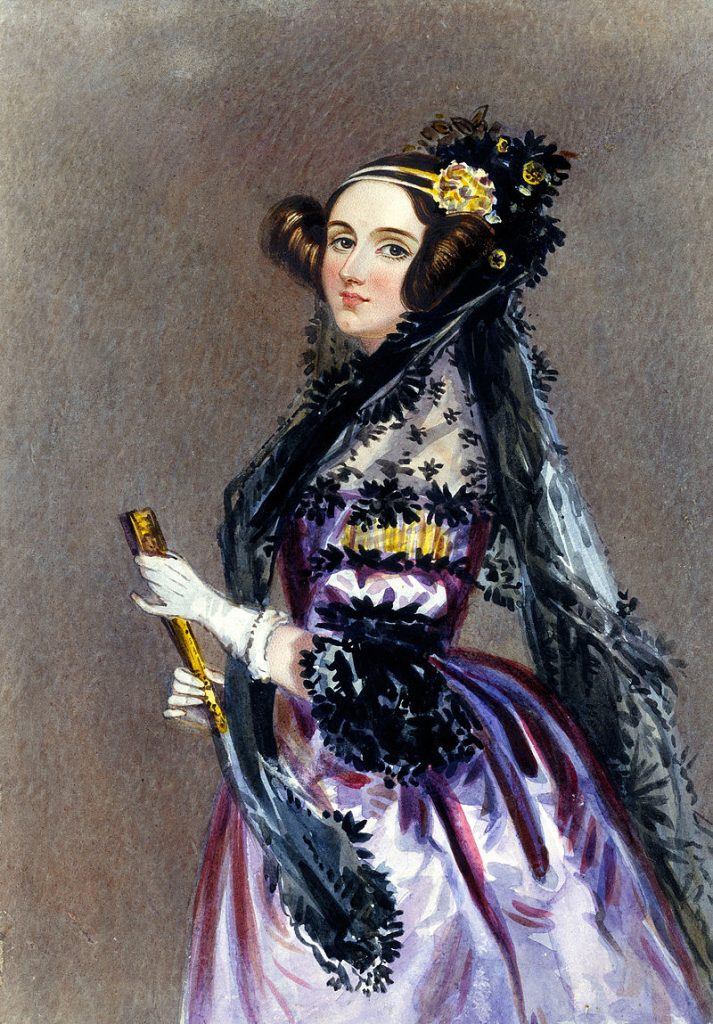On 5 June 1833, Ada Bryon attended a party at mathematician Charles Babbage’s house. She’d been presented at court a few days earlier so it was simply part of the London season. Except Babbage invited Ada to see his prototype Difference Engine. It was the start of an intellectual friendship that resulted in Ada becoming the first theoretical computer programmer.
We know machines run algorithms now, delivering customised playlists or sorting job applications. Ada was the first person to perceive the numbers to be used in calculations could also act as symbols for other systems.
The impact of the meeting was not instant. There are ten years between those first conversations and the publication of Ada’s paper on Babbage’s Analytical Engine. In that time, Ada married, taking the name Lovelace, and had three children. A decade after her paper, she was dead from cancer. A century after her death, Alan Turing – now seen as the father of computing and AI – referenced her work in his Turing Test.
Who was Ada Lovelace?
Ada Bryon was the only legitimate daughter of Lord Bryon and Annabelle Milbanke. Bryon called Lady Bryon “the princess of parallelograms” for her knowledge of, and interest in, mathematics. After their brief marriage and acrimonious separation, Ada’s mother encouraged her towards the rational and away from the romantic. She engaged Mary Somerville as her daughter’s tutor. Somerville had been, along with astronomer Caroline Herschel, the first woman nominated into the Royal Astronomical Society.
Despite this careful management, Ada’s romantic side came out. She tried to work out how to build wings that would fly, even adding the idea of steam power to them. She had an affair with a male tutor and was caught as she was about to elope with him. Later the same year, Somerville introduced Ada to Babbage. Perhaps in an attempt to channel her friend’s daughter towards a more rational realm?
After the initial fizzle of seeing the prototype Difference Engine, Ada meets and marries William, 8th Baron King. She puts her mathematical ambitions and imagination on hold whilst she has three children. When her husband is made Earl of Lovelace, Ada becomes Ada Lovelace.

She resumed her mathematical studies and, in 1842-43, worked to translate a French paper on Babbage’s new Analytical Engine. She appended some ‘Notes’. These are three times as long as the original paper she is translating. It is here that Ada sows the seeds of programmable computers.
“[it] weaves algebraic patterns just as the Jacquard loom weaves flowers and leaves.”
Her legacy
Babbage’s Engine was never built, Lovelace’s programmes never run. But her ability to cleanly explain Babbage’s work, and to perceive the potential for the Analytical Engine, made her an early science communicator. People celebrate her work on Ada Lovelace day (the second Tuesday of October), the Ada Lovelace award and the Lovelace Medal.

Like what we do?
- You can find us on BlueSky and Mastodon, where we post daily about the women that have – and are – making history.
- You can buy us a ko-fi to support the running costs of the server, books and Mags’ caffeine habit.

